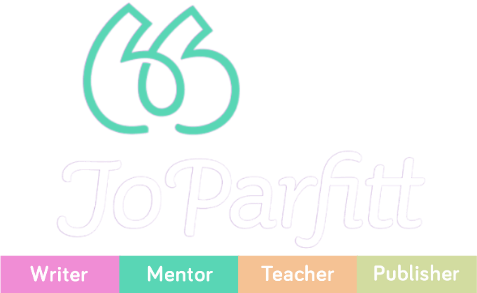It’s been Lesson Three on my How to Write a How-to Book Writing Circle programme today and it was a tough one. We’d already covered topics such as book focus, ideal readers and the reasons for writing a book – as well as what the book will do for the reader. My students might’ve assumed we’d get down to some actual writing at long last – but no! There are many stages that might seem boring, but are nonetheless important, before getting to that stage. Yes, the old adage ‘fail to plan, plan to fail’ is just the same for writing a book. So, let’s talk about stylesheets, skeletons and a book flatplan and how they’re vital before you begin your how-to book writing journey.
Stylesheets
So, today, it was time to talk about systems and formulas. A stylesheet might seem a formality that gets in the way of writing – fortunately, however, I’ve learned the hard way that it’s a lack of one that will become the greater obstacle. A stylesheet is a list of how you plan to layout your book, the size, font and spacing of subheads, whether you use US or UK spelling, how you will present case studies, exercises, quotations and so on. Without a stylesheet you have no consistency. Without consistency, frankly, you look like an amateur.
Roadmaps
We then moved on to discuss chapter ‘roadmaps’ that itemise the types of text – the mix of anecdotes, case studies, exercises, graphics and so on they will use, and in which order.
“Who knew there were so many rules?!” they cried.
But I watched lightbulbs go off behind their eyes as they realised how very very important this all was. And still I had not finished.
Skeletons – the ‘bones’ of a book
Next it was time for me to give them a book skeleton: an empty document, already set up with the right line spacing, fonts and so on (according to the stylesheet) for their text to be exported to a design program later.
I always like to get my students to write down this skeleton of their book before actually getting started on writing Chapter 1. Often people think writers just create as they go along through some kind of divine inspiration – alas, the process is far more clinical than that. I like to call this exercise ‘writing down the bones of a book’, to create this skeleton on which my students will later hang ‘the flesh’ of their actual content. We turned our attention to these outlines, using my phrase that ‘subheads are signposts’, and thinking about how the ensuing content would tell, prove and show (tell it > prove it > show it) each main message of their book in order to teach their readers something important.
The book skeleton can include, often in this order, the following:
- Praise
- Copyright page
- Dedication
- Contents
- Foreword
- Who This Book is For
- How to Use This Book
- Introduction
- Chapter 1
- Chapter 2
- Chapter 3
- Chapter x …
- Resources
- Bibliography
- About the Author
- Acknowledgements
- Index
I saw their shoulders fall as they relaxed in gratitude that I had done so much work for them. But still I hadn’t finished yet!
The book flatplan
I didn’t used to teach students about the value of a book flatplan but, increasingly, I can see how much it helps an author to picture how their book will look at this stage. Having a Word version of your stylesheet, outline, table of contents, book skeleton and chapter roadmap is really helpful – but nothing will bring your book to life like a book flatplan.
A book flatplan is, simply, an illustration of what you would have on each page of your book. It takes into account that chapters must start on right hand pages, that the copyright page is always a left hand page and the dedication always sits on the right. It helps the writer picture where they may have a blank page to fill and where illustrations could be required but, importantly, it is makes it much easier to imagine the final product. It’s exciting. It’s real. It’s visual and much more fun to work with than pages of words.
Let me recap
So, by Lesson Three they have learned how to create and use the following:
- A table of contents
- A stylesheet
- A chapter roadmap
- An outline
- A book skeleton
- A book flatplan
Now, they are ready to write the Shitty First Draft (a marvellous phrase first coined by Anne Lamott in Bird by Bird) of their first chapter.
I guess it took them six to ten hours in total to get here!
A book flatplan template
There are many ways to make a book flatplan, so to make life easier for them – and for you reading this – I’ve developed a template using Canva software. Canva is a fantastic visual design platform which offers great possibilities even with a free account. You can view the template in the gallery below – but to have a play around with it yourself please feel free to click here to view and modify my book flatplan template on Canva.







